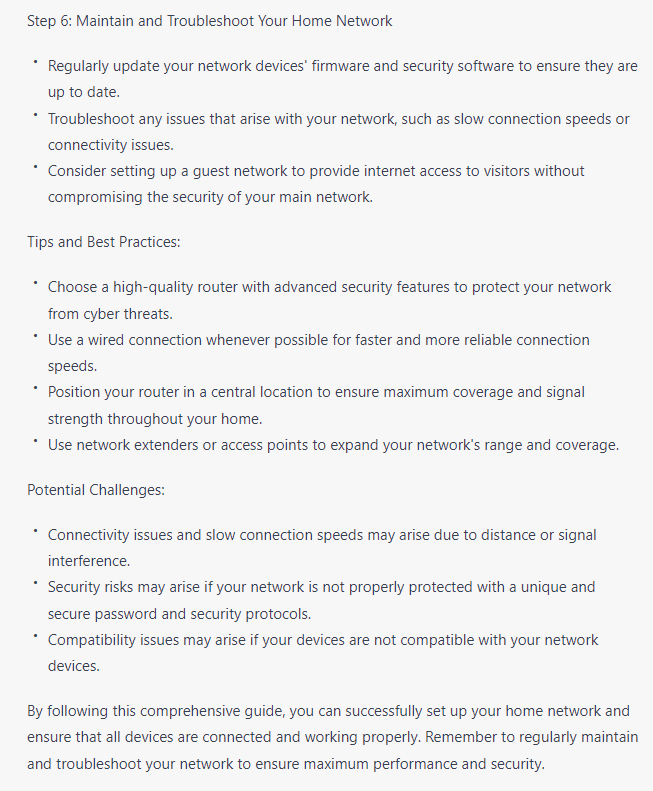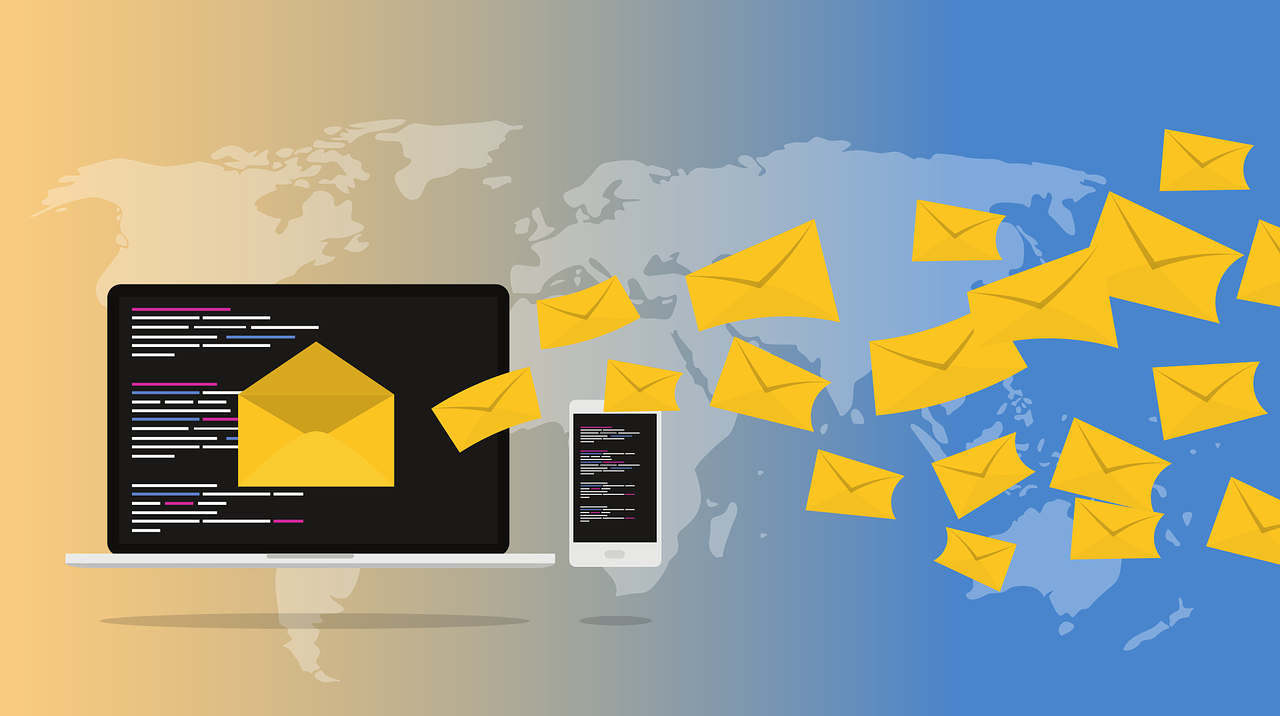
How To Leverage ChatGPT For Writing Product Guide

Writing a comprehensive and engaging product guide is crucial for businesses looking to showcase their products and provide valuable information to their customers. This is where ChatGPT can be a valuable tool to leverage. In this article, we will explore how you can effectively use ChatGPT to write a product guide that is informative, engaging, and tailored to your target audience.
Role Of ChatGPT for Writing a Product Guide
In today’s digital age, the role of ChatGPT in crafting product guides has become increasingly significant. By leveraging ChatGPT, writers can streamline the process of creating product guides, ensuring clarity and coherence in their descriptions. The model’s ability to understand context and generate coherent text makes it an invaluable asset in the realm of technical writing. Moreover, ChatGPT’s versatility allows it to adapt to various industries and product types, providing a tailored solution for a wide range of guide-writing needs.
As businesses seek innovative and efficient methods for content creation, ChatGPT stands out as a powerful ally in producing high-quality product guides that effectively communicate information to consumers.
How to Leverage ChatGPT for Writing a Product Guide
Step 1: Defining the Purpose and Audience
Before diving into writing the product guide, it is essential to clearly define the purpose of the guide and identify your target audience. Understanding the goals of the guide and the needs of your audience will help you tailor the content accordingly.
ChatGPT can assist you in brainstorming ideas and refining your understanding of the audience. By providing prompts related to your product and target audience, you can generate valuable insights and perspectives that can enhance the guide’s effectiveness.
Step 2: Outlining the Guide
Creating a well-structured outline is key to organizing your thoughts and ensuring a logical flow of information in the product guide. ChatGPT can be a valuable tool in this step as well.
By providing prompts related to the key sections and topics you want to cover in the guide, ChatGPT can generate suggestions and ideas for each section. This can help you create a comprehensive outline that covers all the necessary information while keeping your audience engaged.
Step 3: Writing the Guide
Once you have a solid outline, it’s time to start writing the actual content of the product guide. ChatGPT can be a powerful assistant in generating informative and engaging text.
Begin by providing ChatGPT with prompts for each section of the guide. For example, if you are writing a guide for a new smartphone, you can provide prompts such as “Introduce the key features of the smartphone” or “Explain how the smartphone’s camera works.”
ChatGPT will generate text based on these prompts, providing you with a starting point for each section. You can then edit and refine the generated text to ensure it aligns with your brand voice and accurately reflects the product’s features and benefits.
Step 4: Review and Editing
After completing the initial draft of the product guide using ChatGPT, it’s crucial to review and edit the content. While ChatGPT is an excellent tool for generating text, it’s important to ensure that the final guide is accurate, coherent, and free from any errors.
Review each section of the guide, making necessary edits and additions to improve clarity and readability. Pay attention to the overall structure, grammar, and tone of the guide to ensure it meets your desired standards.
Step 5: Adding Visuals and Formatting
A well-designed product guide includes not only informative text but also visuals and proper formatting. While ChatGPT focuses on generating text, you can use other tools and resources to enhance the visual appeal of your guide.
Add relevant images, graphs, and charts to illustrate key points and make the guide more visually appealing. Additionally, ensure that the guide is properly formatted with headings, subheadings, bullet points, and paragraphs to improve readability.
Step 6: Final Review and Publication
Before publishing the product guide, it’s essential to conduct a final review to ensure everything is in order. Proofread the guide for any spelling or grammatical errors and ensure that the content is accurate and up to date.
Consider seeking feedback from colleagues or trusted individuals to get a fresh perspective on the guide. Incorporate their suggestions and make any necessary revisions to further enhance the guide’s quality.
Once you are satisfied with the final version, it’s time to publish the product guide. Make it easily accessible to your target audience through your website, social media channels, or other relevant platforms.
Customizing the Writing Style
Tailor the writing style to align with your brand voice and the preferences of your target audience. ChatGPT allows for customization to ensure the generated content aligns with your brand identity. This tailored approach not only ensures that your message aligns seamlessly with your brand identity but also caters to the specific preferences of your target audience. Customization is the secret sauce that allows your content to stand out in a sea of information.
Whether it’s injecting a touch of humor, adopting a more formal tone, or incorporating industry-specific jargon, the ability to customize writing style empowers you to create content that speaks directly to your audience.
Inputting Relevant Information
Provide ChatGPT with relevant information about your product, ensuring it has the necessary details to generate accurate and informative content. This step ensures that the generated content is not only factually correct but also aligned with the objectives of your guide. The more comprehensive and precise the input, the more refined and targeted the output. It’s like giving the tool a roadmap, guiding it to create content that goes beyond the surface and truly delves into the core aspects of your product.
Benefits of Using ChatGPT for Writing Product Guides
1. Enhanced Creativity:
ChatGPT is a powerful AI language model that can generate creative and unique content. By using ChatGPT, you can tap into its vast knowledge base and generate fresh ideas for your product guides. It can help you come up with compelling descriptions, engaging narratives, and persuasive arguments to highlight the features and benefits of your products.
2. Time Efficiency:
Writing a product guide can be a time–consuming task, especially when you need to cover multiple products or complex features. ChatGPT can assist you in speeding up the process by generating relevant content based on your input. It can provide you with a starting point or even complete sections of your product guide, saving you valuable time and effort.
3. Language Assistance:
ChatGPT can be a valuable tool for non-native English speakers or those who struggle with writing. It can help you improve the clarity and coherence of your product guide by suggesting alternative phrases, correcting grammar and spelling errors, and enhancing the overall quality of your writing.
4. Personalization:
ChatGPT allows you to tailor your product guide to different target audiences. By providing specific instructions and input, you can guide the AI model to generate content that aligns with your brand voice and resonates with your target customers. This personalization can make your product guide more relatable and effective.
Prompt For Writing Product Guide
Can you offer a comprehensive and detailed guide for the [process] that includes a clear, step-by-step approach, as well as any necessary tips, best practices, and potential challenges to be aware of? I am looking for a complete and easy-to-follow guide that will help me successfully navigate the process and achieve my goals. Please provide me with an effective and comprehensive guide for [process].
Result


Read Also: How to use ChatGPT to boost your linkedin goals.
Tips for Maximizing the Potential of ChatGPT
1. Provide Clear Instructions:
When using ChatGPT, it is essential to provide clear and specific instructions to guide the AI model. Clearly define the purpose, target audience, and key features of your product guide. The more precise your instructions, the better the AI model can generate relevant content.
2. Refine and Edit:
While ChatGPT can generate content, it is crucial to review and refine the output. Edit the generated text to ensure accuracy, coherence, and adherence to your brand guidelines. Use ChatGPT as a starting point and add your expertise to make the content more valuable and reliable.
3. Use Prompts and Examples:
To get the best results from ChatGPT, provide relevant prompts and examples. If you have existing product descriptions or customer reviews, include them as input to help the AI model understand the desired style and tone. This can result in more consistent and on-brand content.
4. Experiment and Iterate:
ChatGPT is a powerful tool, but it may not always generate perfect content on the first try. Experiment with different inputs, iterate on the generated output, and fine–tune the instructions to achieve the desired outcome. Treat it as a collaborative writing tool that can enhance your creativity and productivity.
5. Maintain Human Touch:
While ChatGPT can assist in writing product guides, it is essential to maintain a human touch. Inject your expertise, knowledge, and unique perspective into the content. Combine the AI-generated output with your insights to create a product guide that truly represents your brand and resonates with your customers.
Final Words
Writing a product guide that effectively communicates the features and benefits of your product is essential for attracting and retaining customers. ChatGPT can be a valuable tool in this process, assisting you in brainstorming ideas, generating content, and refining your guide.
Remember, while ChatGPT is a powerful tool, it’s important to review and edit the generated content to ensure accuracy and coherence. By leveraging ChatGPT and following the outlined steps, you can create a compelling product guide that engages your audience and helps them make informed purchasing decisions.
For more such information come to our array of prompts for your work.







